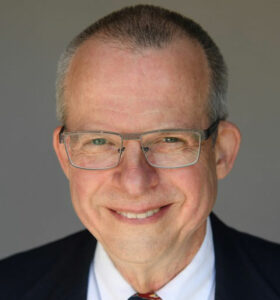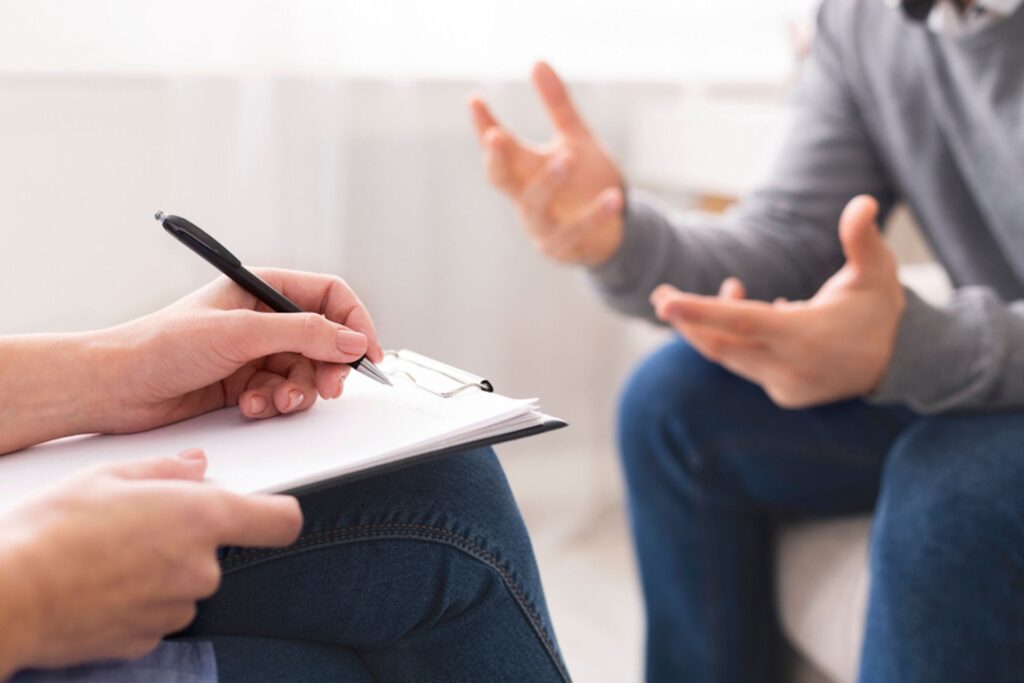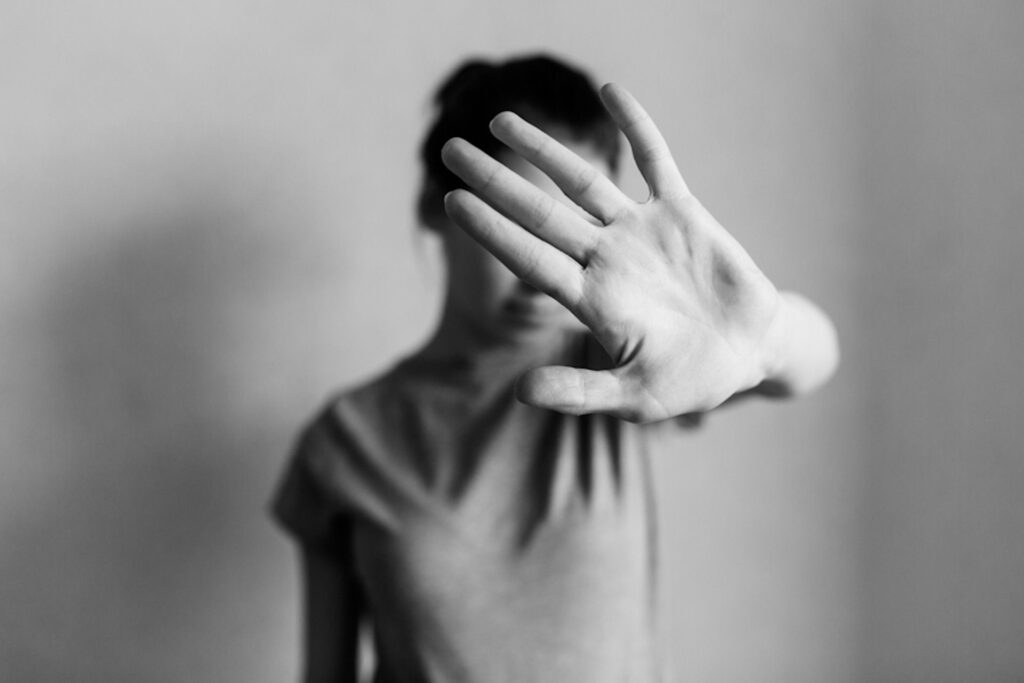Fashion designer Kate Spade killed herself on June 5th and chef Anthony Bourdain did the same thing a few days later. We know that suicide is not like a biological virus that you can catch. However, is suicide contagious if we hear of someone else’s suicide? Reports have shown that suicide has a tendency to cause others to do the same when the media glorifies someone’s suicide.
Is Suicide Contagious?
According to the Center for Suicide Prevention, when Marilyn Monroe died from a barbiturates overdose in 1962, there was a 12% bump in suicide. In Vienna when people were throwing themselves towards trains, more were doing the same. Suicide contagion is when an indirect exposure to suicide or suicidal behaviors influences others to follow suit. Publicity tends to increase the risk of other people committing suicide. Some would call it “The Werther Effect” where there was a fear of contagious suicides in 1774 after reading Goethe’s “The Sorrows of Young Werther” which details a character’s suicide.
The American Foundation for Suicide Prevention said that news coverage has played a role in 10% of suicides deaths for those younger than 25. It can be a cluster when multiple suicides occur around the same time within three months of each other. Sometimes, it can be around the same location as the same town or high school among teenagers and young adults. The risk can grow higher when the media uses dramatic or graphic headlines or images, repeatedly report on the same suicide, explicitly describe the suicide method, and dramatize the death through romanticized headlines or showing the area of the suicide. It also does not help when many pictures are shown of those grieving.
Steps for Preventing Suicide
The Center for Disease Control and Prevention has issued media guidelines on how to report suicide without risking someone else doing the same. It is important for the media not to report that that person’s suicide was an “escape” for them or give sensational or morbid details of the death. The media should also not focus on the community’s grief and speak more about suicide prevention resources and warning signs. If you know someone who has expressed having suicidal thoughts, refer them to mental health services. Speak to people who are at risk as it may save their life. Tell them to call 1-800-273-TALK that offers free, 24-hour service to provide support, information, and resources on suicide prevention.
Moreover, friends and family can help by being there for a person who is considering suicide. Asking them how they are doing, offering to help them get treatment, and encouraging them to take their medication are all excellent ways to prevent suicide. The bottom line is making sure that the person knows that they aren’t alone.
Get Treatment Today
If you or someone you love is asking, “Is suicide contagious?” or considering suicide, help them get treatment today. At Bayview Recovery, we treat:
To learn more about our programs, call 855.478.3650 today. You may just save a friend’s life.

 Dr. Dave Cundiff, MD, MPH (Medical Reviewer)
Dr. Dave Cundiff, MD, MPH (Medical Reviewer)






